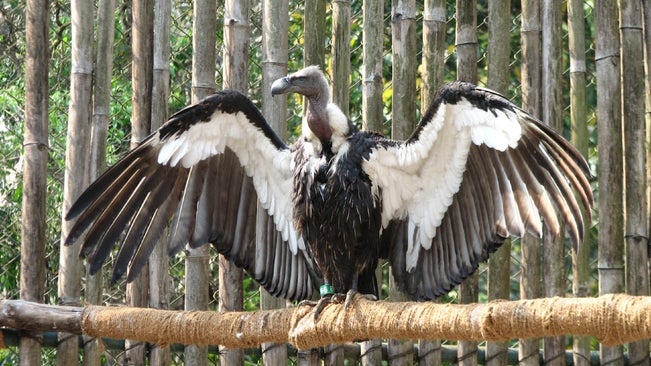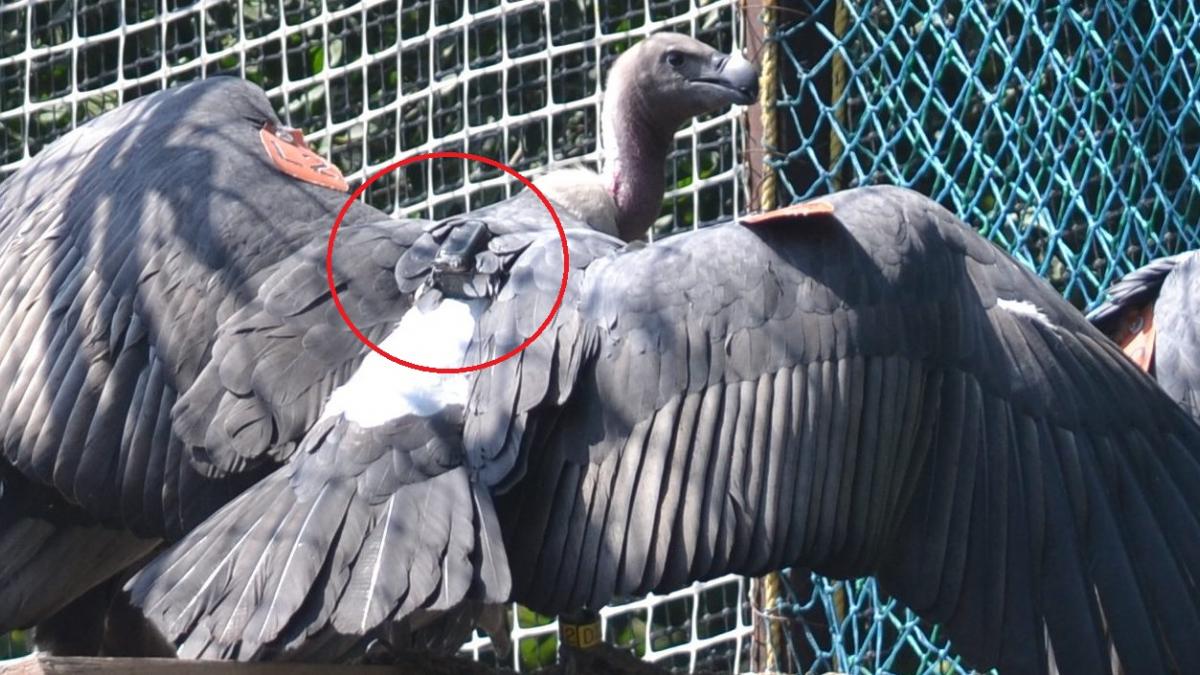Eight critically endangered Oriental white-backed vultures were released into the wild for the first time in October 2020 from the Jatayu Conservation and Breeding Centre (JCBC), which is at the Bir Shikargah Wildlife Sanctuary in Shivalik ranges of the Himalayan foothills in Haryana’s Pinjore. A year later, JCBC merged well into the undomesticated habitat outside the birdcage, offering courage to conservationists. But the crucial intimidation to the endurance of vultures is far from over.
Dr Vibhu Prakash, the deputy director and principal scientist at the Bombay Natural History Society (BNHS), who is also the head of JCBC, said that “The Oriental white-backed vultures which were released in the wild were the local birds and not migratory, so they highly stay within a radius of 50-100 km of the breeding centre. They positioned all eight vultures with satellite tracking devices on their backs and orange-coloured wing tags on both wings. Through this, we could monitor the vultures.”

It housed three species of 378 vultures at the centre, out of which 131 are Oriental white-backed vultures, 195 are long-billed vultures and 52 are Slender-billed vultures. They collected the birds at the centre from the different states, including Assam, Haryana, Rajasthan, Gujarat, Madhya Pradesh and Maharashtra, known as “founder stock” for the maintenance of genetic diversity.
The population of vultures in India has declined by 97 per cent since the 1990s and the drastic decline of Oriental white-backed vultures by 99.9 percent. They recognised JCBC in 2001 to inspect the overwhelming decline of vultures in India. The JCBC is a combined initiative between the BNHS and the Haryana Forest and Wildlife Department to save the Gyps species of vultures.
The major reason behind the decline in the vulture species is the drug diclofenac, which is found in the skeleton of bulls on which vultures fed on. They banned the drug in 2008, which was controlled by cattle to treat tenderness.
Singhal Bhoomi Pawan

